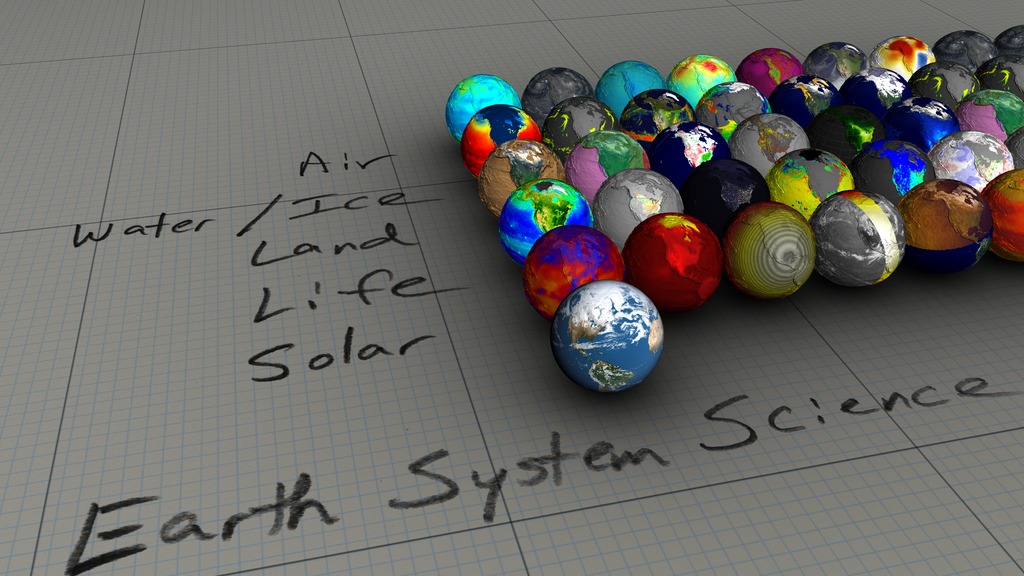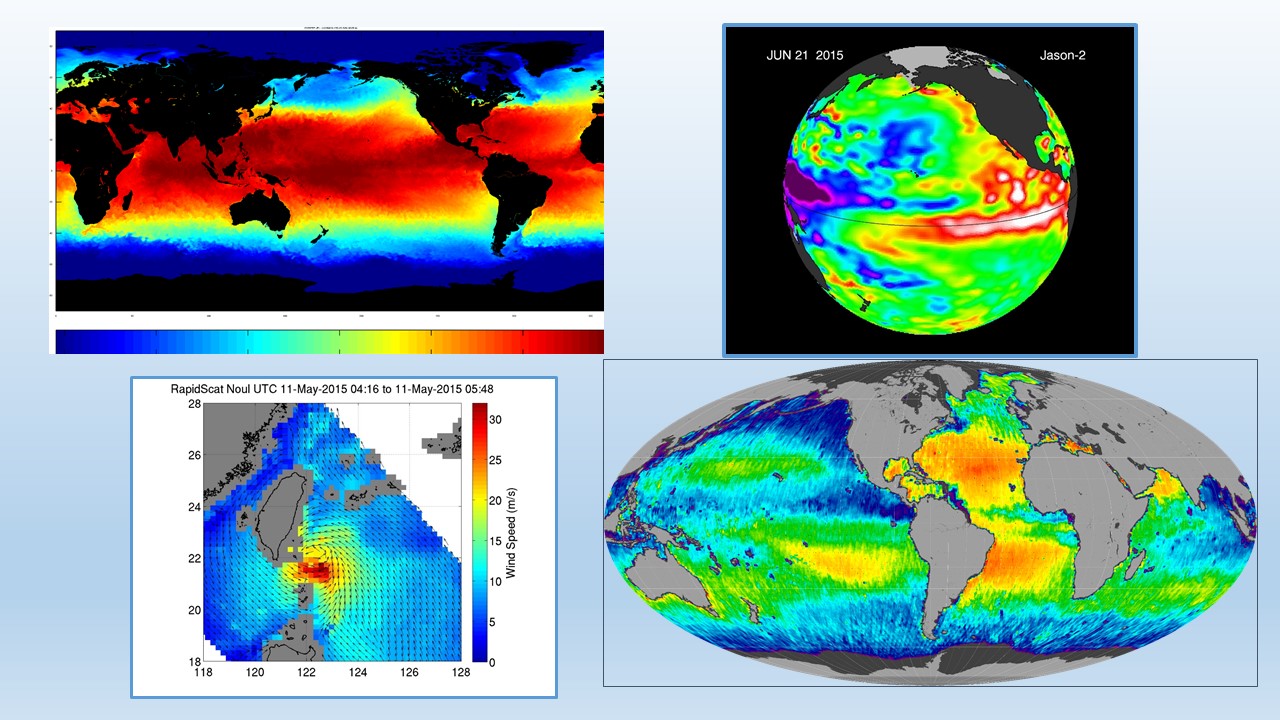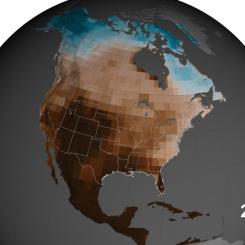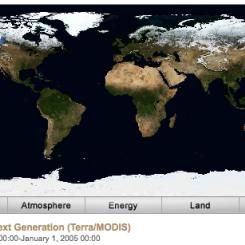Systems and System Models

A system is an organized group of related components that work together to carry out functions that the individual parts cannot do alone. The Earth System, like the human body system, are similar in that they comprise diverse parts that interact in complex ways. NASA scientists, as well as Earth scientists around the world, strive to better understand our planet as a single connected system. But to understand the whole system, we must understand these individual parts, the Earth's Atmosphere, Geosphere, Hydrosphere, Cryosphere, and Biosphere. Unfortunately, the multitude of subsystems that constantly interact make prediction hard, yet not impossible. Luckily, these parts all following fundamental rules of science which make modeling possible.
Scientists use models to understand and predict the behavior of systems. Through a variety of observation and analysis methods, scientists describe the parts by their boundaries, the flow of energy and matter through (and among) the system through a series of inputs, processes, and outputs and enter these values into computer models. Although no models is perfect due to inherent limitations of the representations, they are still used to better predict how Earth is changing on all spatial and temporal scales. These models are useful tools to help NASA identify the Earth system's response to natural or human-induced changes and to improve prediction of climate, weather, and natural hazards.

NASA Earth scientists are currently involved in various research to answer the following questions about the Earth System. They actively monitor and model these systems to better understand and predict change.
Disciplinary Core Ideas:
Crosscutting Concepts:
- Systems and System Models










